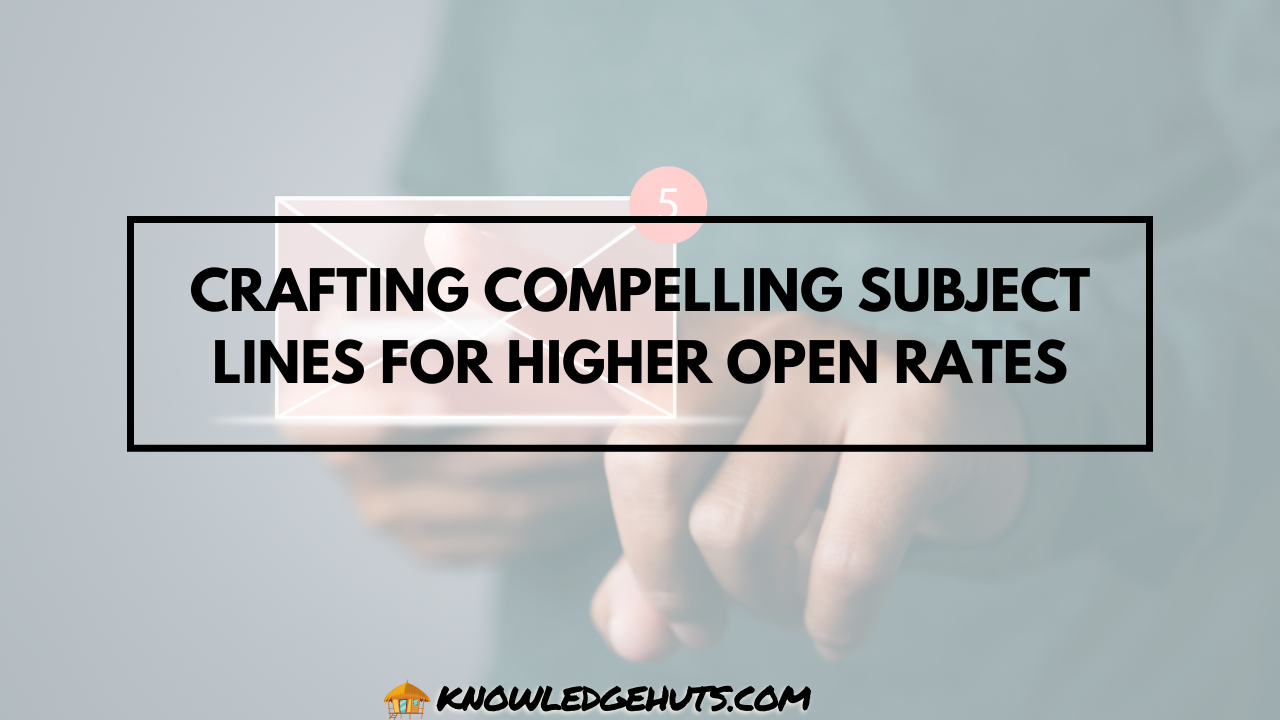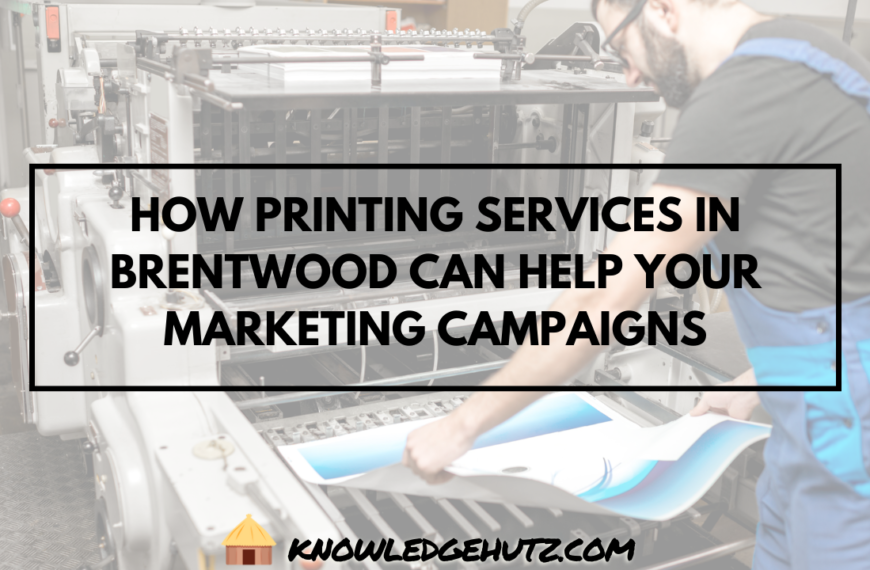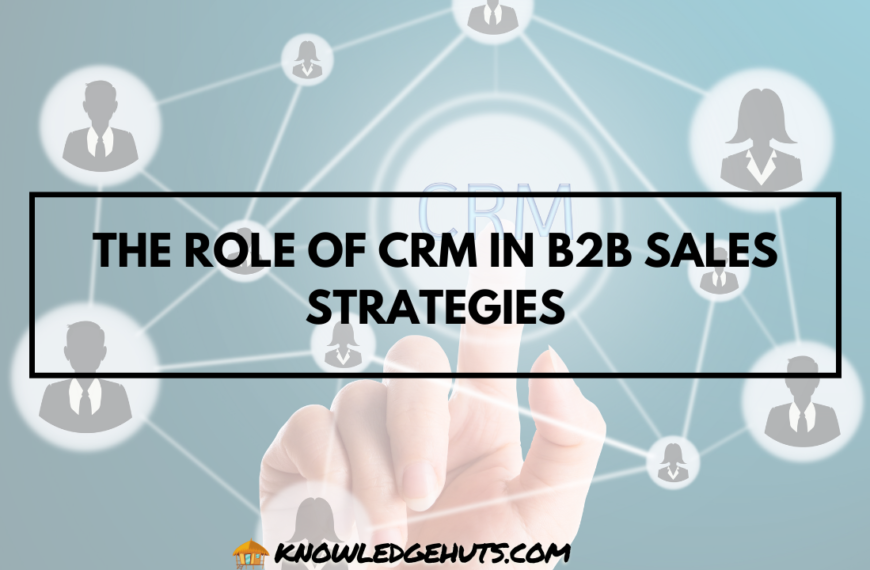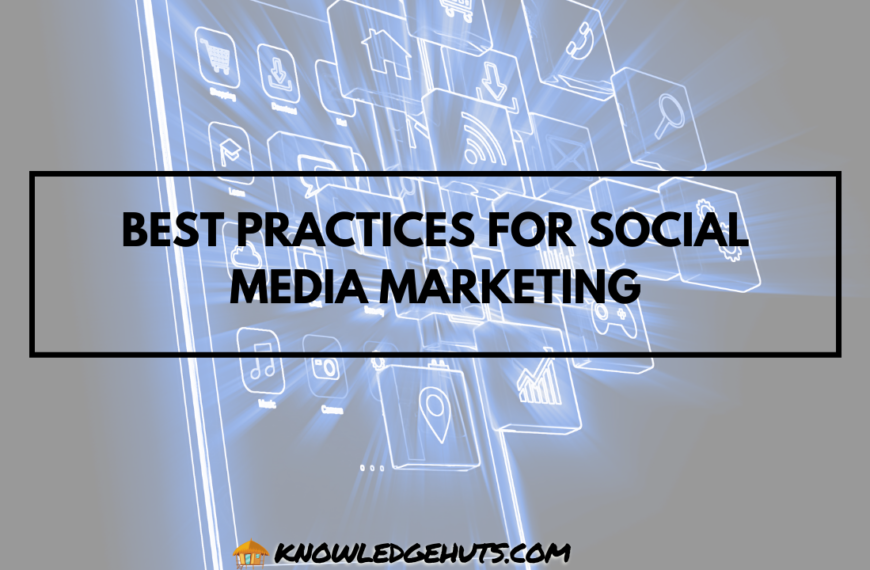How to Build a High-Converting Affiliate Marketing Funnel
Affiliate marketing is a powerful way to generate passive income by promoting products or services. However, to truly maximize your affiliate revenue, you need a well-structured affiliate marketing funnel that converts visitors into paying customers.
This guide will take you through the entire process of building a high-converting affiliate marketing funnel using simple language, effective strategies, and actionable tips.
What Is an Affiliate Marketing Funnel?
An affiliate marketing funnel is a step-by-step process designed to guide potential customers from the moment they first hear about a product or service (the awareness stage) to the point where they make a purchase (the conversion stage). A well-optimized funnel can dramatically increase conversion rates by nurturing leads and providing value at every stage.
Here’s a simplified structure of an affiliate marketing funnel:
| Funnel Stage | Action |
|---|---|
| Awareness | Attracting visitors through content or ads |
| Interest | Engaging with valuable content |
| Decision | Helping users make informed buying decisions |
| Conversion | Converting leads into buyers |
Step 1: Define Your Audience
The first and most important step in building a high-converting affiliate marketing funnel is understanding your audience. If you don’t know who you are targeting, it will be difficult to craft content that resonates with them or offer products that they actually need.
Create Buyer Personas
Buyer personas are fictional representations of your ideal customers. Consider the following factors when creating your buyer personas:
- Demographics: Age, gender, occupation, and income level.
- Interests and Behaviors: What content do they consume? What are their hobbies?
- Pain Points: What problems do they face that your affiliate product can solve?
- Buying Triggers: What motivates them to make purchases?
By defining your audience, you can tailor your funnel to meet their needs at each stage.
| Factor | Example |
|---|---|
| Demographics | 25-34 years old, male, tech-savvy |
| Interests | Technology, gadgets, entrepreneurship |
| Pain Points | Lack of time, need for productivity tools |
| Buying Triggers | Discounts, limited-time offers, reviews |
Step 2: Choose the Right Affiliate Products
Once you understand your audience, the next step is to select affiliate products that align with their needs. Promoting products or services that match your audience’s interests increases the chances of conversion.
How to Choose the Right Products
- Relevance: Ensure the product is directly relevant to your niche.
- Quality: Only promote high-quality products that deliver value.
- Affiliate Payouts: Compare commissions and choose those that offer fair rewards.
- Customer Reviews: Look at product feedback to assess reliability.
Step 3: Create Content for the Awareness Stage
In the awareness stage, your goal is to attract potential leads to your funnel. To do this, you need to create valuable, informative, and engaging content that educates and builds trust.
Types of Content for the Awareness Stage
- Blog Posts: Write in-depth articles on topics your audience is searching for. These can include product comparisons, tutorials, or how-to guides.
- Social Media Posts: Use platforms like Instagram, Facebook, and Twitter to share short-form content and promote your affiliate links.
- Videos: Create video tutorials or product reviews on platforms like YouTube.
| Content Type | Best Used For |
|---|---|
| Blog Posts | Detailed guides, product reviews |
| Social Media | Engaging with followers, quick product promos |
| Videos | Visual demonstrations, tutorials |
Use SEO to Drive Traffic
To ensure that your content reaches the right audience, apply Search Engine Optimization (SEO) techniques. Use the right keywords, write engaging meta descriptions, and include internal and external links.
Example of High-Converting Blog Post Title:
- “Top 5 Productivity Tools for Entrepreneurs in 2024”
- “How to Boost Your Workflow with [Product Name]”
Step 4: Capture Leads with a Lead Magnet
Once visitors land on your content, the next goal is to capture their email addresses. Offering a lead magnet is an effective way to do this. A lead magnet is a free resource that provides value to your audience in exchange for their contact information.
Popular Lead Magnet Ideas
- Ebooks: A comprehensive guide or resource that dives deeper into your niche.
- Free Trial: Offer a free trial of the affiliate product or service.
- Cheat Sheets: Simple and easy-to-read checklists or guides.
| Lead Magnet Type | Example |
|---|---|
| Ebook | “The Ultimate Guide to Affiliate Marketing” |
| Free Trial | “Try [Product Name] Free for 14 Days” |
| Cheat Sheet | “10 Quick Tips to Increase Productivity” |
Ensure that your lead magnet solves a specific problem for your audience, which keeps them engaged and interested in the product you’re promoting.
Step 5: Nurture Leads with Email Marketing
Now that you’ve captured leads, the next step is to nurture them through email marketing. People rarely make a purchase the first time they visit a website, so it’s essential to follow up with personalized email sequences that build trust and guide them toward the decision-making phase.
Creating Effective Email Sequences
- Welcome Email: Introduce yourself and provide more valuable content related to the product.
- Educational Emails: Send emails that explain how your affiliate product can solve their pain points.
- Social Proof: Share customer testimonials or case studies.
- Exclusive Offers: Provide limited-time discounts or bonuses to encourage conversion.
| Email Type | Purpose |
|---|---|
| Welcome Email | Introduce the brand, build initial trust |
| Educational | Provide useful information, nurture leads |
| Social Proof | Share testimonials, reinforce credibility |
| Offer Email | Present exclusive discounts or bonuses |
Step 6: Guide Leads to the Decision Stage
In this stage, your audience is actively considering whether to make a purchase. You need to provide compelling reasons for them to choose the affiliate product you’re promoting.
Tools to Help with Decision-Making
- Comparison Tables: Create simple comparison tables that highlight the key differences between the product you’re promoting and competitors.
- Product Reviews: Write in-depth product reviews with a focus on the features that matter most to your audience.
- Case Studies: Share case studies that demonstrate how the product has helped others achieve results.
For example, here’s how you can create a product comparison table:
| Feature | Product A | Product B |
|---|---|---|
| Price | $29/month | $35/month |
| Key Features | 24/7 Support, Cloud Backup | Priority Support, Auto-Sync |
| User Rating | 4.7/5 | 4.3/5 |
By providing detailed comparisons and highlighting the benefits, you can push hesitant leads closer to conversion.
Step 7: Convert Leads with Clear CTAs
Once your leads are convinced, it’s time to convert them into buyers. One of the most effective ways to do this is by placing clear and persuasive calls-to-action (CTAs) throughout your content.
Best Practices for CTAs
- Use Strong Language: Instead of “Learn More,” try “Get Started Now” or “Claim Your Discount Today.”
- Create Urgency: Phrases like “Limited-Time Offer” or “Only Available for 48 Hours” encourage immediate action.
- Make CTAs Visible: Place CTAs strategically, such as at the end of blog posts, in emails, and on product review pages.
Example of a high-converting CTA:
- “Get 30% Off [Product Name] – Offer Expires Tonight!”
Step 8: Retargeting for Increased Conversions
Not everyone who enters your funnel will convert on the first try. This is where retargeting ads come into play. Retargeting allows you to show personalized ads to visitors who didn’t complete a purchase, encouraging them to return to your site and make a decision.
Types of Retargeting Ads
- Display Ads: Banner ads shown on various websites that remind visitors about the product.
- Social Media Retargeting: Ads shown on platforms like Facebook or Instagram to engage users.
- Email Retargeting: Send automated emails to visitors who added items to their cart but didn’t complete the purchase.
Step 9: Measure and Optimize Your Funnel
Finally, to build a truly high-converting affiliate marketing funnel, you need to track and optimize it regularly. This will help you identify bottlenecks and areas for improvement.
Key Metrics to Track
- Conversion Rate: The percentage of visitors who complete a purchase.
- Click-Through Rate (CTR): How many users clicked on your affiliate links or CTAs.
- Email Open Rate: The percentage of email recipients who opened your emails.
- Cost per Acquisition (CPA): The total cost spent to acquire a single customer.
| Metric | Ideal Value |
|---|---|
| Conversion Rate | 3-5% |
| CTR | 2-5% |
| Open Rate | 20-30% |
| CPA | As low as possible |
A/B Testing
Run A/B tests on different elements of your funnel to find what resonates best with your audience. This process involves creating two versions (A and B) of the same content and comparing which performs better. You can apply A/B testing to the following:
- Headlines: Test different headlines in your blog posts or landing pages. For example, “Top Affiliate Tools for 2024” vs. “Best Affiliate Marketing Tools You Can’t Miss.”
- CTA Text and Placement: Experiment with different wording, such as “Get Started Now” vs. “Start Your Free Trial,” and try placing CTAs in different positions on your pages.
- Email Subject Lines: For your email marketing campaigns, test subject lines like “Exclusive Discount Inside!” vs. “Don’t Miss Out on Our Limited-Time Offer.”
How to Interpret A/B Test Results
- Conversion Rate: Look at which version converts more visitors into buyers. The higher the conversion rate, the better that version performs.
- Bounce Rate: If one version causes more people to leave your page quickly, it might indicate that your headline or CTA isn’t resonating with them.
- Time on Page: If visitors spend more time on one version of the page, it could suggest that the content is more engaging or relevant.
Step 10: Automate Your Affiliate Marketing Funnel
Automation can make your affiliate marketing funnel more efficient and scalable. By automating key tasks, you save time while ensuring that leads are nurtured and engaged consistently.
Tools to Automate Your Funnel
- Email Marketing Software: Tools like Mailchimp or ConvertKit can automate your email sequences based on user behavior, such as sending follow-up emails if a lead hasn’t made a purchase.
- CRM Software: Use Customer Relationship Management (CRM) tools like HubSpot or ActiveCampaign to track interactions with leads and manage them effectively.
- Retargeting Ads: Platforms like Google Ads and Facebook Ads allow you to automate retargeting ads for visitors who didn’t convert.
| Automation Tool | Function |
|---|---|
| Mailchimp | Automates email sequences and follow-ups |
| HubSpot | Manages lead interactions and behaviors |
| Google Ads | Retargets visitors with relevant ads |
Automation ensures that your funnel continues to work for you even when you’re not actively managing it.
Step 11: Build Trust and Authority
Trust is the foundation of any successful affiliate marketing funnel. If your audience trusts you, they are more likely to buy the products you recommend. Here are some ways to build trust and establish yourself as an authority in your niche:
Show Social Proof
People trust what others have already experienced. Including testimonials, user reviews, and case studies can help potential customers feel confident in their decision.
- Testimonials: Include quotes from satisfied customers who have benefited from the product you’re promoting.
- Case Studies: Show specific examples of how the product has helped real people or businesses.
- User Reviews: Add star ratings and reviews from trusted platforms like Amazon or Trustpilot.
Use Real-Life Examples
Provide examples of how the product has helped you personally or others you know. Being authentic can make a big difference in how people perceive your recommendations.
Build Long-Term Relationships
The goal of an affiliate funnel isn’t just to make one sale but to create a lasting relationship with your audience. By consistently providing value through high-quality content, you can earn repeat customers.
| Trust-Building Technique | How It Helps |
|---|---|
| Testimonials | Provides social proof and credibility |
| Case Studies | Demonstrates real-world applications |
| User Reviews | Highlights authentic customer feedback |
Step 12: Scale Your Funnel for More Revenue
Once your funnel is set up and converting well, the next step is to scale it for increased revenue. Scaling your funnel means reaching more people, improving efficiency, and driving more sales without significantly increasing your workload.
Strategies to Scale Your Funnel
- Increase Paid Advertising: Allocate more budget to paid advertising on platforms like Google Ads, Facebook, or Instagram to attract more visitors to your funnel.
- Expand Your Content Strategy: Create more blog posts, videos, and social media content that lead into your funnel. Target different keywords or niches within your industry to attract a broader audience.
- Build More Lead Magnets: Offer different types of lead magnets to attract various segments of your audience. For instance, if you’ve only offered ebooks, try creating webinars or exclusive reports as well.
Outsource Tasks to Free Up Time
As your funnel grows, you may need help to keep up with the increasing demands. Consider outsourcing tasks like content creation, email management, and social media engagement to focus on high-level strategies.
| Scaling Method | Description |
|---|---|
| Paid Advertising | Increase ad spend to attract more leads |
| Content Strategy | Create new content targeting different audiences |
| Outsourcing | Delegate tasks like content or email management |
Common Pitfalls to Avoid in Affiliate Funnels
Even the best-planned affiliate marketing funnels can encounter challenges. To ensure your funnel operates smoothly, avoid these common mistakes:
Overpromising and Under-delivering
Don’t overhype the affiliate products. If your audience feels like the product doesn’t meet expectations, they won’t trust your future recommendations. Always be honest and transparent about the benefits and limitations of a product.
Lack of Personalization
A generic funnel can lead to lower conversions. Personalize your content, emails, and CTAs to cater to the specific needs and pain points of your audience. For example, segment your email list based on behavior and interests.
Ignoring Data
Your funnel needs constant monitoring. If you aren’t tracking metrics or making data-driven decisions, you’re missing out on valuable insights. Keep an eye on performance metrics and make adjustments where necessary.
Inconsistent Communication
Inconsistent or overly frequent communication can lead to disengaged subscribers. Space out your email sequences thoughtfully and ensure each message adds value. If your audience feels spammed, they may unsubscribe or ignore your emails.
Conclusion
Building a high-converting affiliate marketing funnel requires a strategic, step-by-step approach. From understanding your audience to creating engaging content and automating tasks, each stage plays a vital role in guiding potential customers toward making a purchase.
By following the outlined steps—defining your audience, selecting the right products, nurturing leads, and scaling your funnel—you can create an affiliate marketing system that consistently drives conversions and generates revenue.
Always remember to test, optimize, and scale your funnel as needed. The more you refine and improve each element, the higher your conversion rates will be, leading to increased affiliate income over time.
Start building your funnel today and watch as your affiliate marketing efforts turn into a reliable source of passive income!







